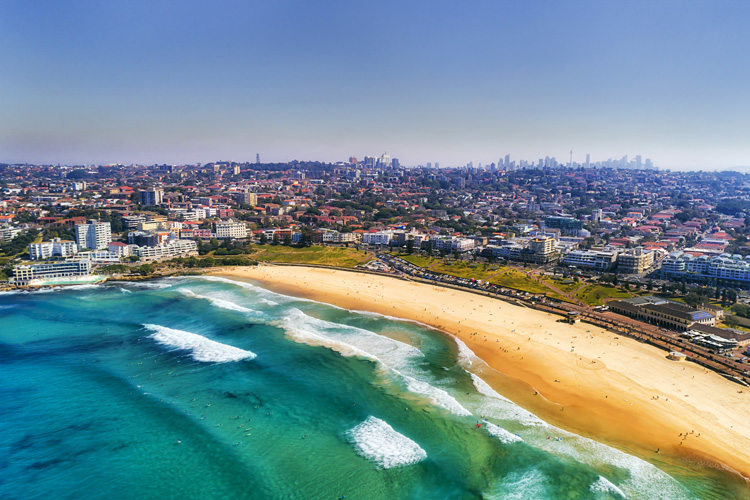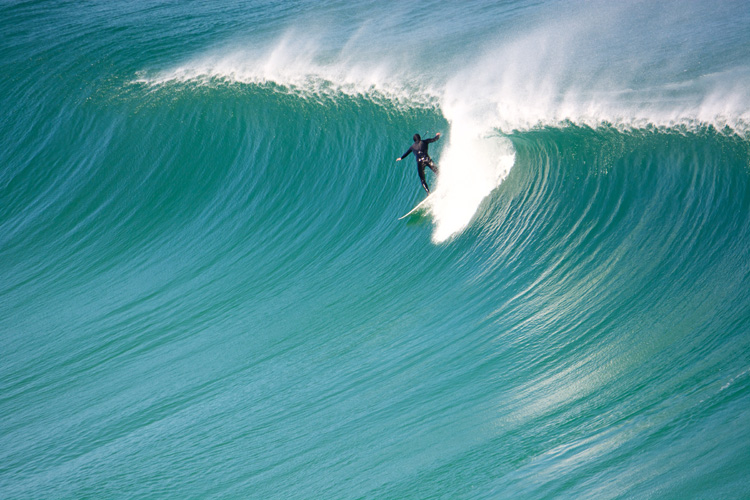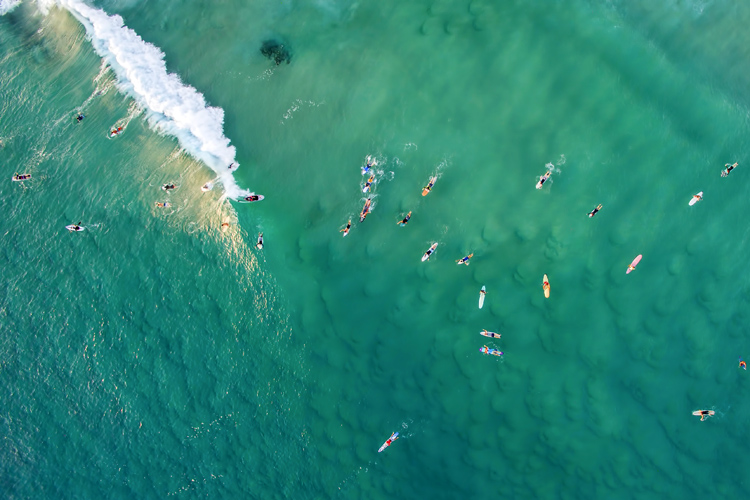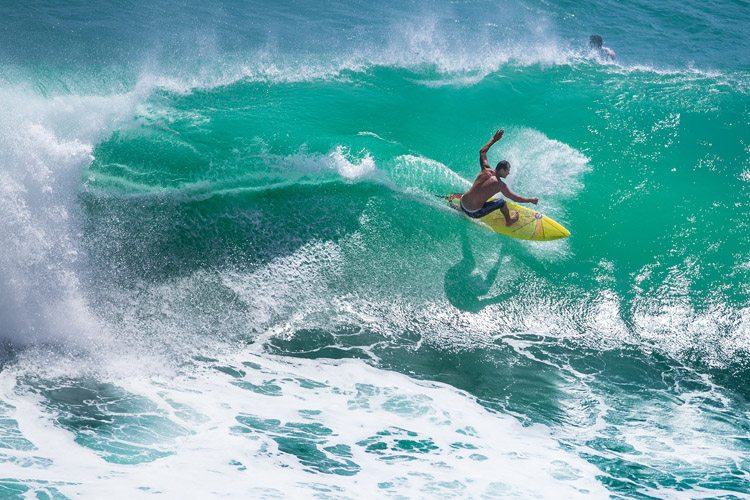Learn how to film surfing using a drone. Here are a few tips and tricks for shooting surfers from the sky.
Surfing is one of the most exciting sports to shoot using a drone.
Why? Because it has a lot of movement, it never repeats itself; every wave is unique, and you never know what to expect from a surfer.
From a videographer's perspective, drones changed how we shoot surfing.
So, adapting to the new times and embracing technology that will offer us stunning footage from above is essential.
The quality of the surf footage shot from above has a lot to do with the fundamental surf photography and video skills and techniques that one could master.
Discover how you can easily film surfing from up above and make a professional surf video with breathtaking, memorable aerial shots.

The Right Drone for Filming Surfing
In order to film aerial surfing, you need to have a good quality drone equipped with a good camera, a robust lens, and a long-lasting set of batteries.
Some personal unmanned aerial vehicles (UAV) allow the use of polarizer filters that will definitely improve the quality of the footage.
Ideally, you should get a drone that films 4K at 60 frames per second or more.
That's basically the standard nowadays, and anything below that video quality will ultimately let you down, even if you already are an accomplished pilot.
The drones used in the most famous surfing scenes are generally highly maneuverable and can travel at high speeds for quite a while.
The remote control comes with a bright built-in screen for more accurate angles and a better understanding of what we're shooting.
Some models use tablets or smartphones as remote controls, but they don't work out as well as proper remote controls, and, in some cases, you will struggle to see what you're filming.
Never buy a drone without a return-to-home or autopilot function. Otherwise, you may end up losing your equipment due to battery drainage.
The GPS also helps keep the drone stable and gives you valuable information about the altitude of your flight above the waves.
There are also advanced surf drones featuring follow-me drone settings that chase the surfer while he is in the water and allow the pilot to automatically track the surfer while he rides the wave.

The Drone Settings
Unless you're a professional drone pilot with hundreds of hours of flight and lots of experience in videography, you should leave your drone in automatic mode when it comes to adjusting the exposure and focus while shooting a moving surfer.
You don't want to be losing time on secondary issues when your target is gliding down a 20-foot wave or negotiating the exit of a barrel.
Also, make sure to use the largest memory card possible so that you can fly with, for example, three batteries and never have to replace the storage device.
Where to Film From
If you're filming surfing, the beach will always be the best place to shoot a surfer.
Why? Because you want the take-off spot to be reasonably related to the waves, on the same level as that of the surfer.
While it can be tempting to always shoot from higher places, like cliffs, headlands, mountains, and lighthouses, you have to keep in mind that you will be filming at a negative altitude relative to the take-off zone.
In other words, it can get tricky to control a flying object when it gets way below your altitude.
If you're at the beach and you can't spot the surfers, then raise your drone and look around. Sooner or later, you'll see your target.
Remember to respect the people on the beach.
Do not fly over crowds and, whenever possible, talk to surfers about what you're doing. Not everyone wants to be caught on camera.

The Altitude
The altitude for capturing the best angles always depends on your personal preference, but it also depends on how comfortable and experienced you are flying a drone.
Make sure you keep a minimum safe distance of between 10 and 30 feet (three and ten meters) between the camera and the crest of the waves, depending on the size of the waves.
If you're filming big wave surfing, allow for a comfortable margin of error in case the wave doubles up, or the surfer gets airborne.
Never get too far out, and don't get too low to the water. Take into consideration that the spray coming off the wave might damage your drone.
That said, keep an eye on the aircraft at all times.
The Flying Techniques and the Best Angles
Always position your drone facing the waves, and let the waves come toward your lens.
Filming a surfer from behind can be interesting in some cases to get different angles, but it doesn't actually illustrate the ride.
Try to keep your surfer in the top third of the frame because when the surfer catches the wave, he will rapidly come toward the center of your lens, and you will need to accelerate your drone backward and sideways so you don't lose him.
As a rule of thumb, make sure the surfer occupies the center of the shot and follow him as he goes down the line.
Practice will make you a better drone pilot, and hopefully, you'll be able to predict the behavior of the wave riders in the lineup and whether they will or won't catch the wave.
Anticipation is a skill in drone filming.
Remember that you're able to see the swell coming in before some surfers, so to get the best shots, it's paramount that you prepare the drone and get it moving before the surfer takes off to get the best shot.
And give a good distance between you and the surfer. Taking higher risks could eventually lead to major disasters.
A surf film is necessarily about surfing, but you'll also need additional, non-surf-related angles.
Capture behind-the-scene shots, close-up shots, dramatic wide shots of the beach and the surroundings, and other viewpoints and perspectives to make your final video look professional.
Need a high-quality drone for filming surfing? Take a look at the best UAVs for shooting waves.
